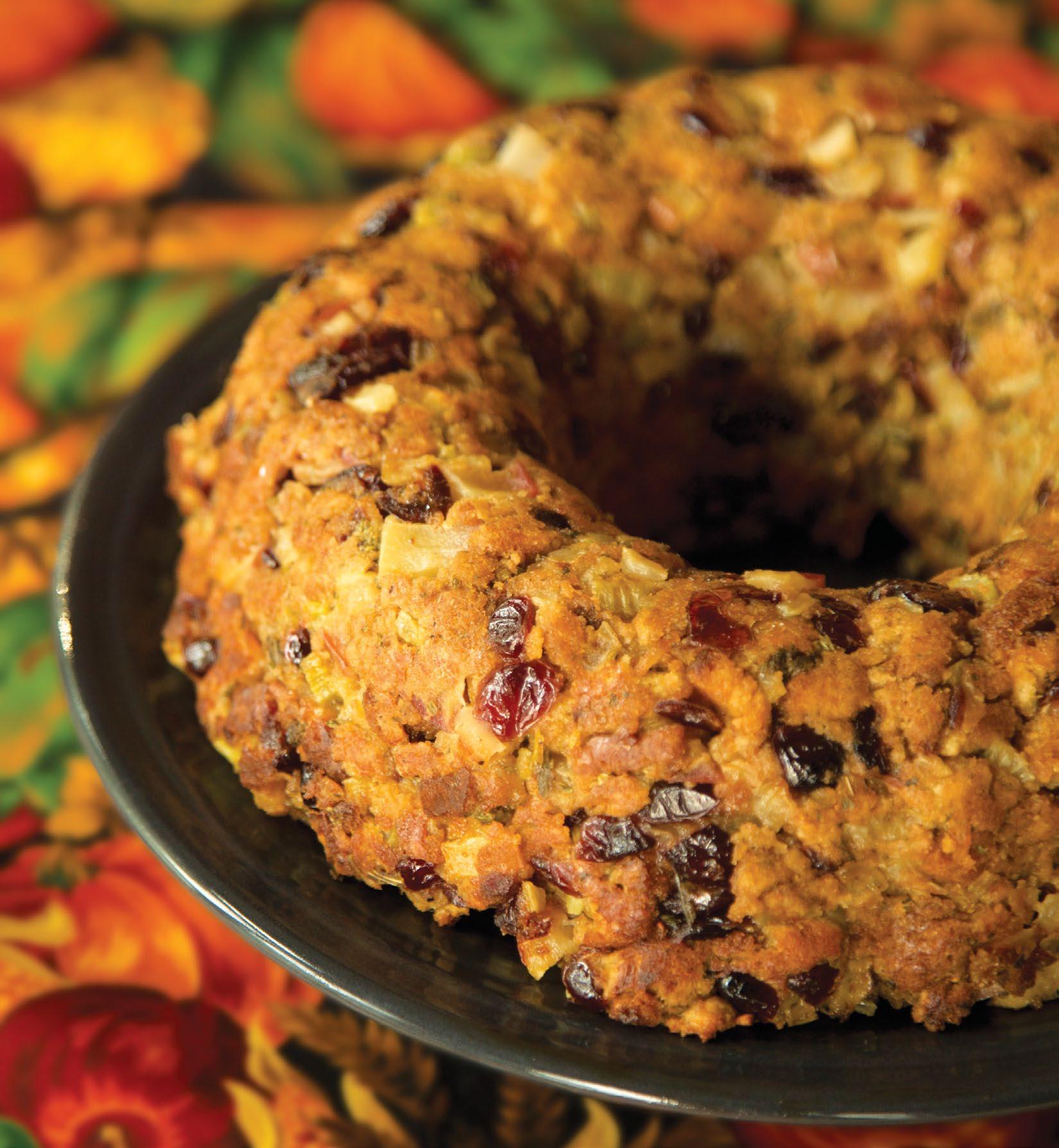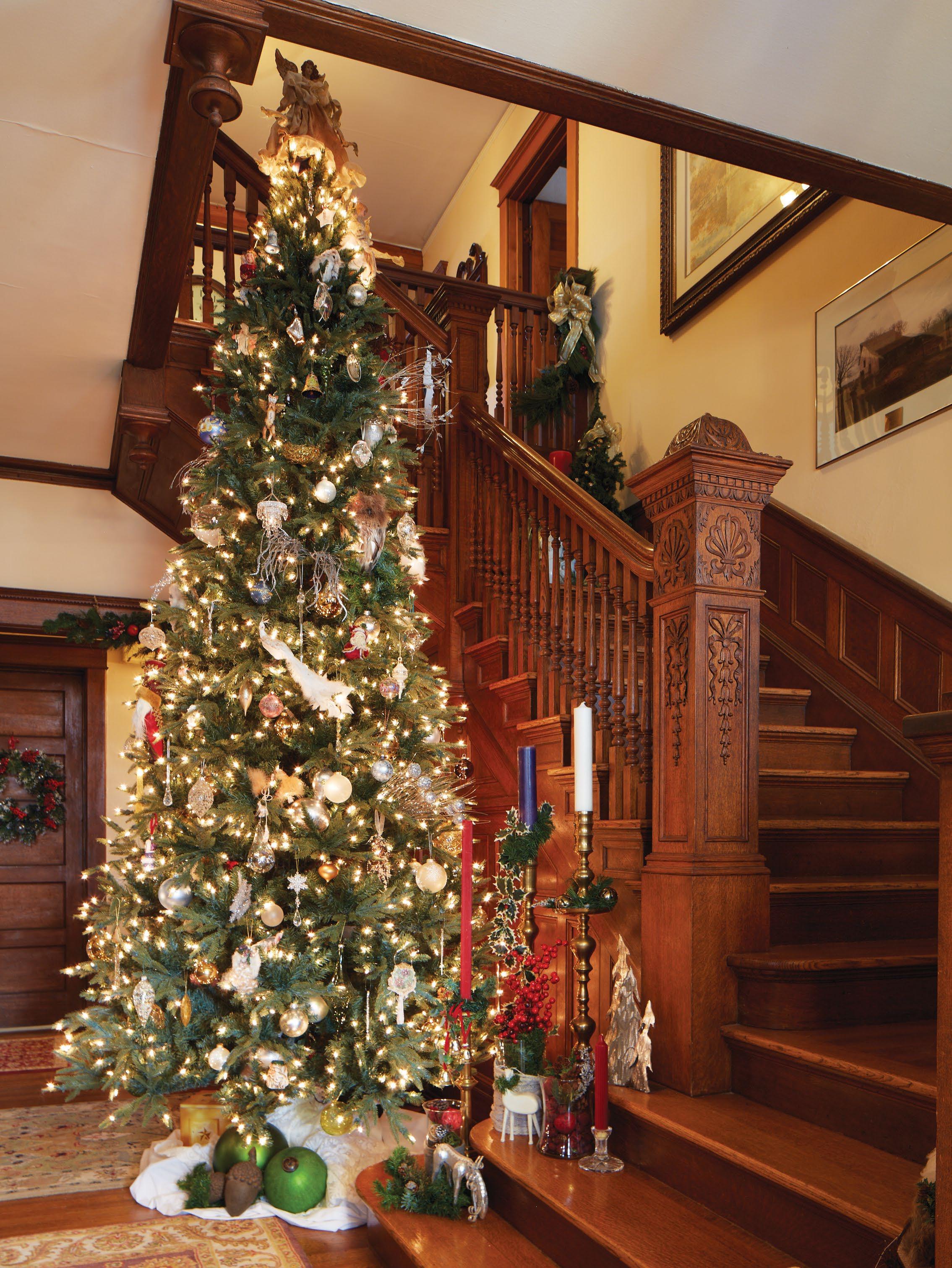
3 minute read
POTTED JUST RIGHT
MARJIE DUCEY SPEAKING OF PLANTS
Buying that pretty plant is just the first step; make sure to give it a good home, too
Advertisement
AFTER TWO YEARS of studying in the United States, Navnika Gupta felt brave enough to
buy a car. * Soon after, she was ready to take on an even bigger challenge: houseplants. *
Finding plants for the University of Nebraska Medical Center resident, who is here from India,
was no problem. I had plenty to share. * But I had no pots. And that’s when I wondered if it
UNSPLASH.COM
Finding a cute pot seems like it would be half the fun for a new plant owner. But just how safe are all those ceramic, plastic and even fiber beauties? And, gasp, those without holes for drainage?
Lanoha Nurseries expert Helen Hubbard has the answers.
Is terracotta still best?
It’s a good, inexpensive choice because it

has better airflow, which helps the soil dry out a little faster. The No. 1 killer of houseplants is too much love, which usually means too much water. Terracotta can be considered old school, but there are now more stylish versions in dark colors and white gray. Ceramic pots are another good choice, with a huge selection available.
HELEN HUBBARD
No hole, no sale?
If you fall in love with a pot without a hole, you don’t have to leave it on the shelf. Just buy some horticultural charcoal and put a layer on the bottom of the pot. The water will drain away from the roots and into the charcoal, where it is kept purified and fresh.

HELEN HUBBARD, LANOHA NURSERIES
CONTINUED FROM PAGE 29
Give us all the dirt
Just about any pot can be used if you have good, lightweight soil. Avoid any potting mix that advertises moisture retention or fertilizer. “You don’t want to encourage additional growth over the winter,” Hubbard says. “We don’t want to push any growth until spring.” Hubbard’s favorite is Ferti•lome Ultimate Potting Mix. It’s free of bark and dries out well. “I have lots of houseplants, and that’s what I use for all of them.”
Just the right size
If your new baby comes in a 4-inch-wide pot, don’t transplant it in a 10-inch version. All that soil can stay wet too long and rot the roots of your plant. Start with something just an inch or so wider and slowly graduate to a larger size as the plant grows. You don’t want the pot to be too deep, either. Most plants actually like tight quarters. “You want a pot where the plant can efficiently drink that water in a timely manner,” Hubbard says. “In terms of watering, you want the soil to dry out a little bit.” It won’t hurt the plant to stay in its plastic container inside your favorite pot. If thick roots start coming out the bottom, you know it’s time to move up.
Plants can be touchy
When you’re moving plants inside or out, don’t be surprised by drooping or dropped leaves. Some plants don’t like to be touched. Once you put them in the shady or sunny spot they require, try to leave them there. “I have a croton and it doesn’t like being moved,” Hubbard says. “It will drop a few leaves.”
Check the soil, not the calendar
Don’t decide that your plant needs watering just because it’s been a week or 10 days since you last gave it a drink. Stick your forefinger into the dirt up to your first knuckle. If it’s dry, it’s time to water.
Time for a bath
Water thoroughly, until water drains from the bottom of the pot. If you’ve allowed a plant to really dry out, let the bottom of the pot soak in the saucer so the plant can take in the water through its roots. If there’s still water in the saucer after a couple of hours, dump the saucer out. “If I have several plants that need watering, I’ll take the smaller ones to the kitchen sink, bigger ones to the bathtub,” Hubbard says.


LINDSAY DUCEY










